Bay of Chesapeake’s Holland Island
Holland Island, a once-thriving community located in the Chesapeake Bay, Maryland, holds a captivating story of human settlement, eroding landscapes, and the relentless forces of nature. Named after Daniel Holland, an early colonist who inhabited the island in the 1600s, this picturesque landmass was home to approximately 360 residents in 1910, making it one of the largest inhabited islands in the Chesapeake Bay region.
#1

#2
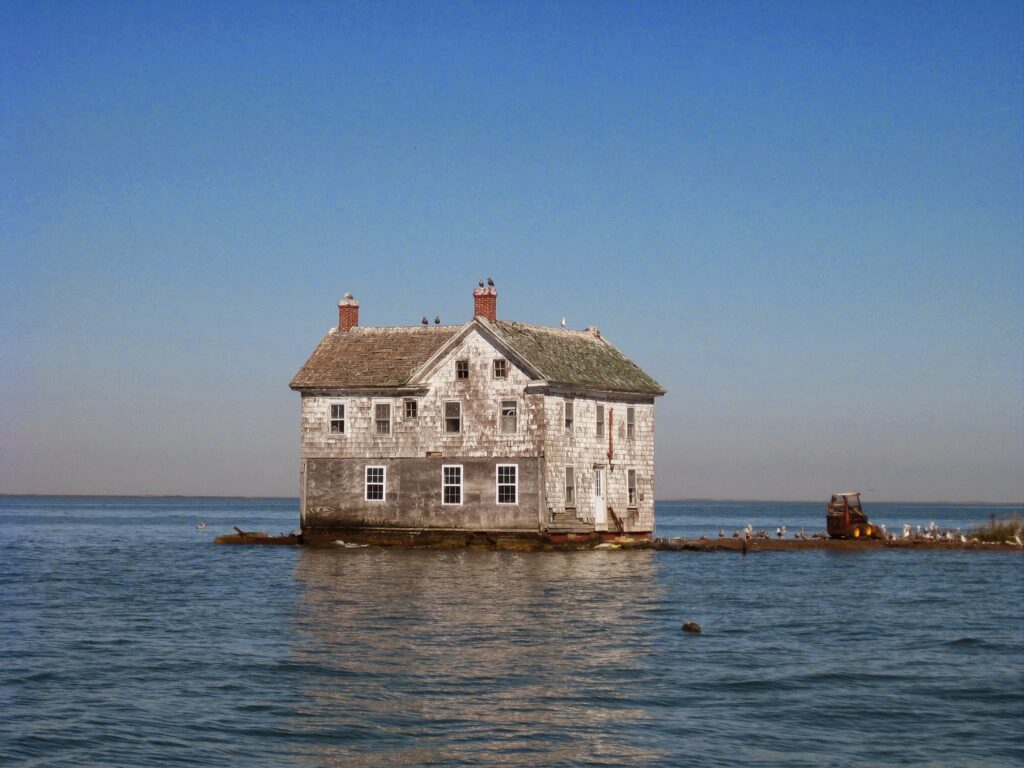
#3

#4

Holland Island thrived as a vibrant community with its roots deeply embedded in fishing and farming. Amongst the various structures dotting the landscape, 70 homes provided shelter to their inhabitants. The island boasted numerous stores, a post office, a two-room school with dedicated teachers, a church, and a bustling community center. Life flourished on this small but bustling piece of land.
However, Holland Island’s fate was unfortunate due to its primarily clay and silt composition. The relentless combination of wind and tide initiated severe erosion in 1914, slowly chipping away at the island’s integrity. The community faced the wrath of Mother Nature, leading to its decline.
#5

#6

#7
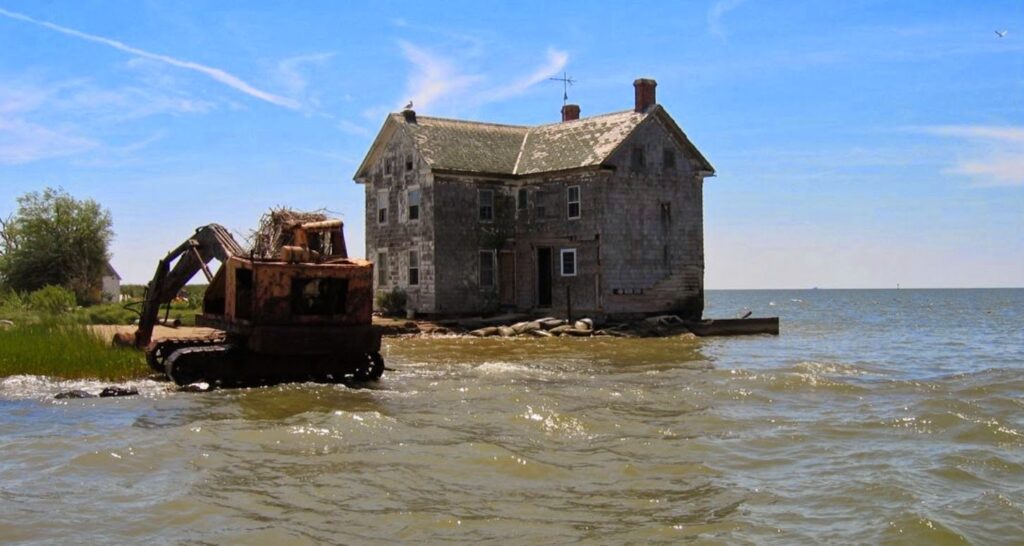
#8

#9
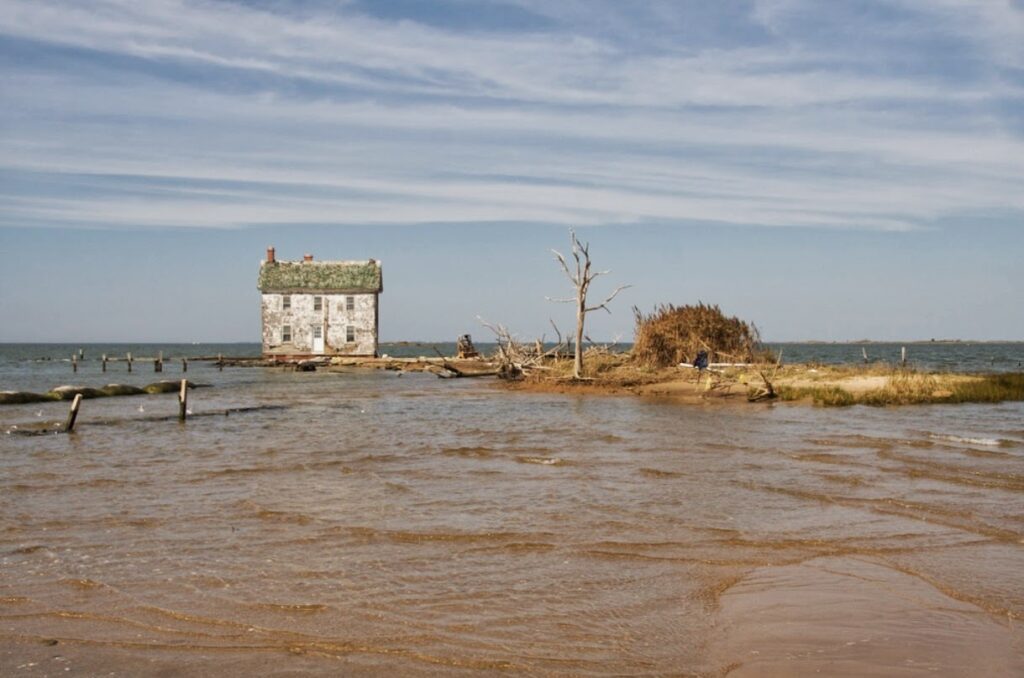
In 1918, the island’s church suffered significant damage during a tropical storm, prompting the remaining family to leave Holland Island. The departure marked the end of an era as the once-vibrant community surrendered to the forces of nature. As the years passed, the island continued to subside, and today, at high tide, it is entirely submerged beneath the waters of the Chesapeake Bay.
As a poignant symbol of its gradual demise, the last house on Holland Island, constructed in 1888, tragically collapsed in October 2010. The structural failure was a stark reminder of the island’s vulnerability and the relentless erosion that had plagued it for over a century.
#10

#11
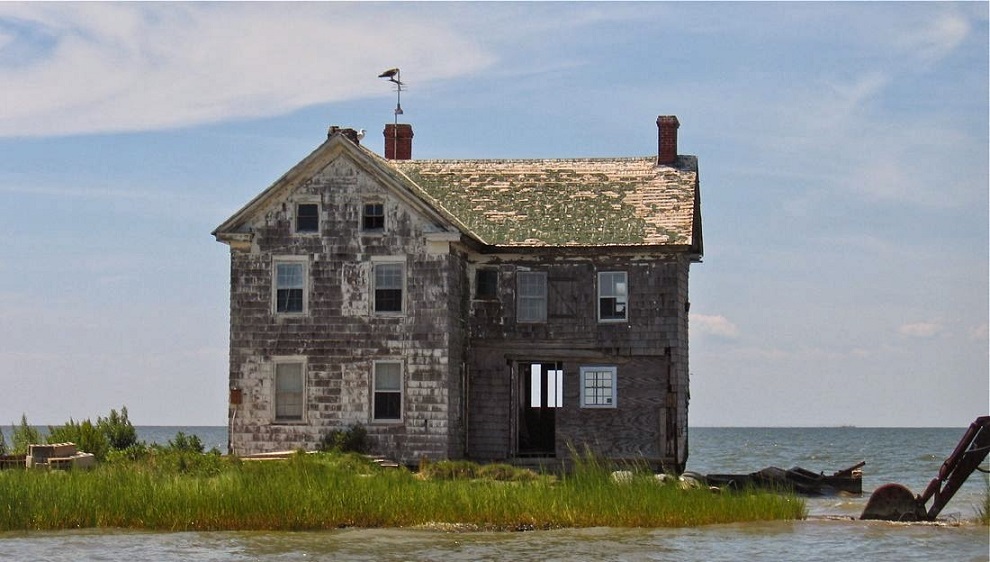
#12
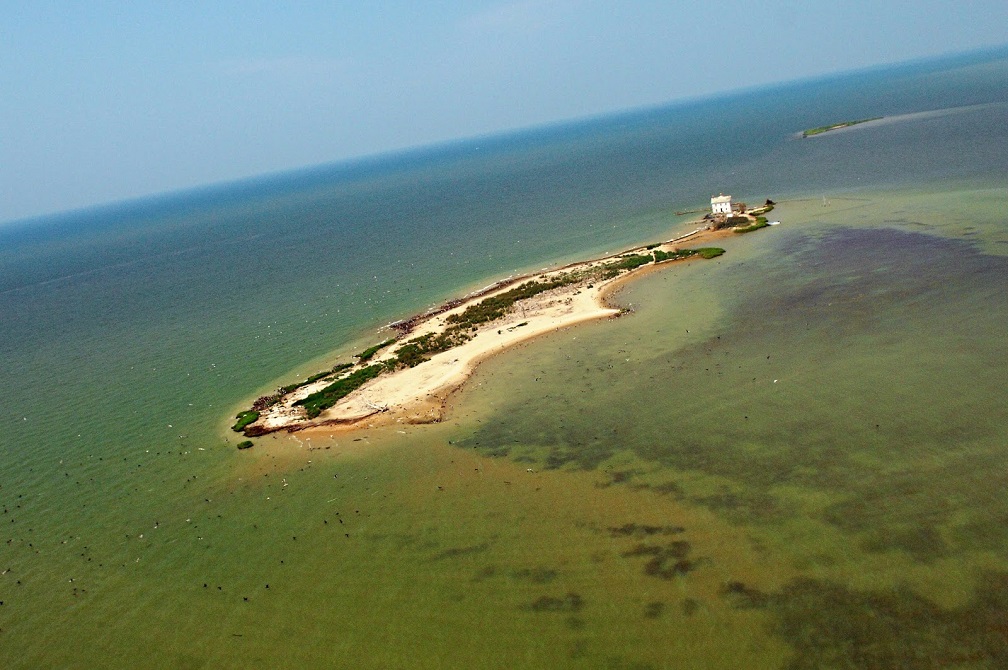
#13
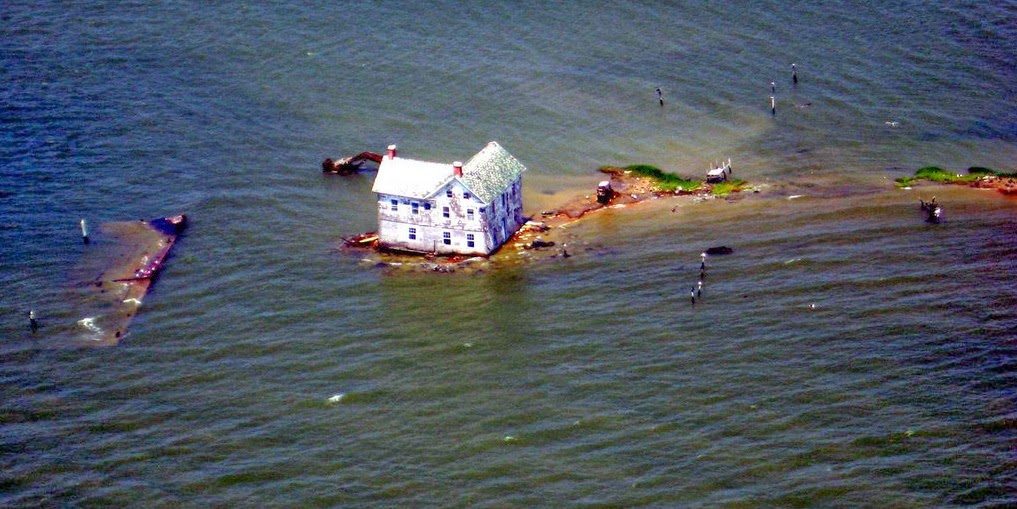
#14
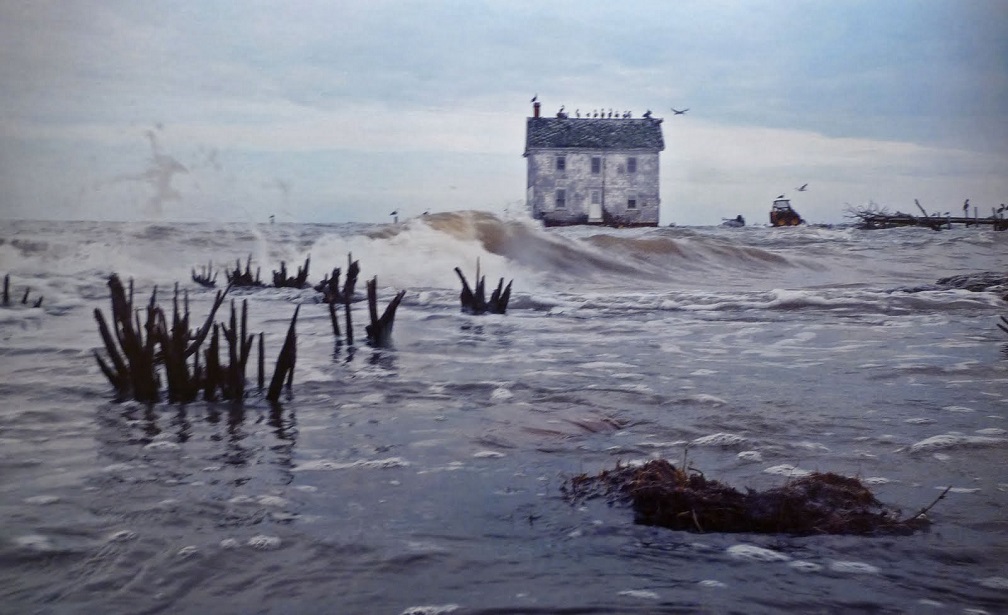
Presently, Holland Island exists as a haunting vestige of its former glory. Its land, predominantly composed of clay and silt, has succumbed to the relentless forces of erosion and rising sea levels. Most of the island has transformed into marshland, while the remaining patches of land remain submerged beneath the tides, emerging only briefly during low tide.
#15
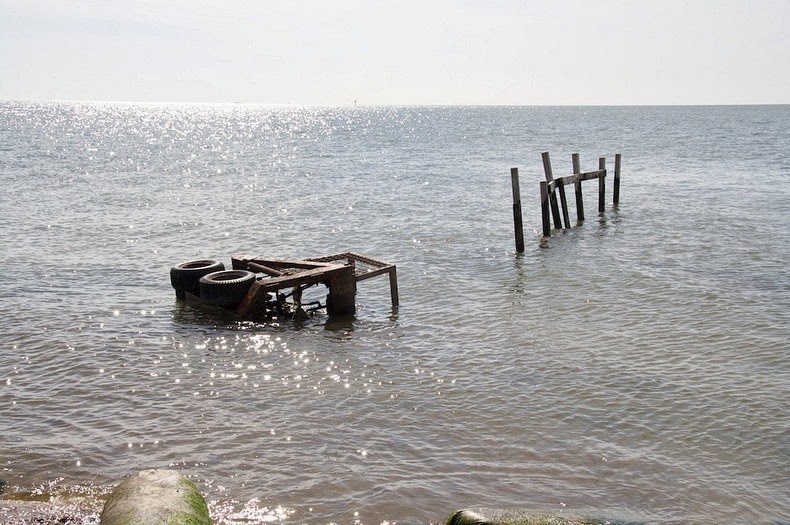
#16
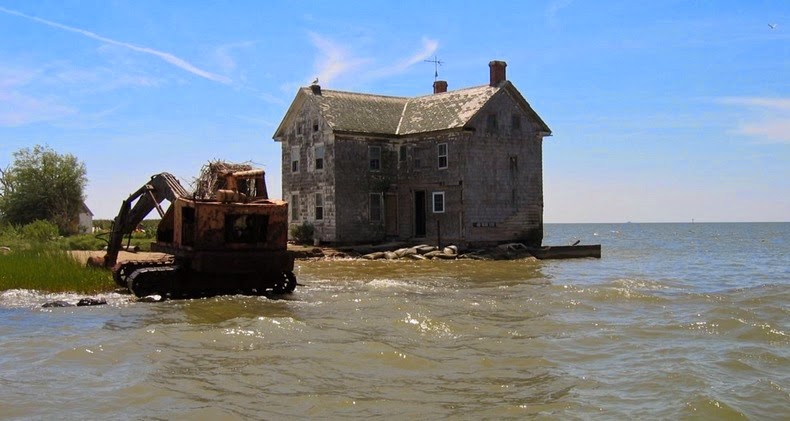
#17

#18
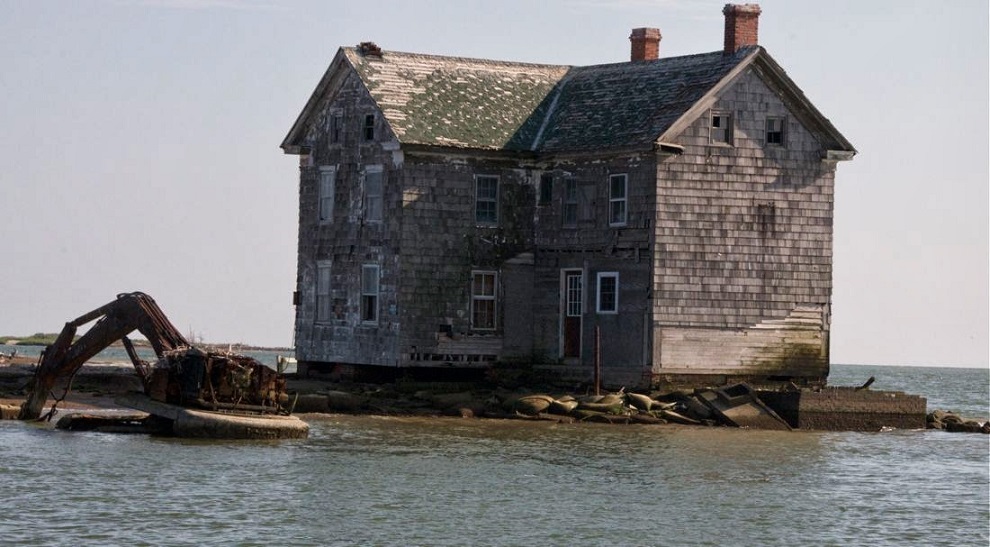
#19
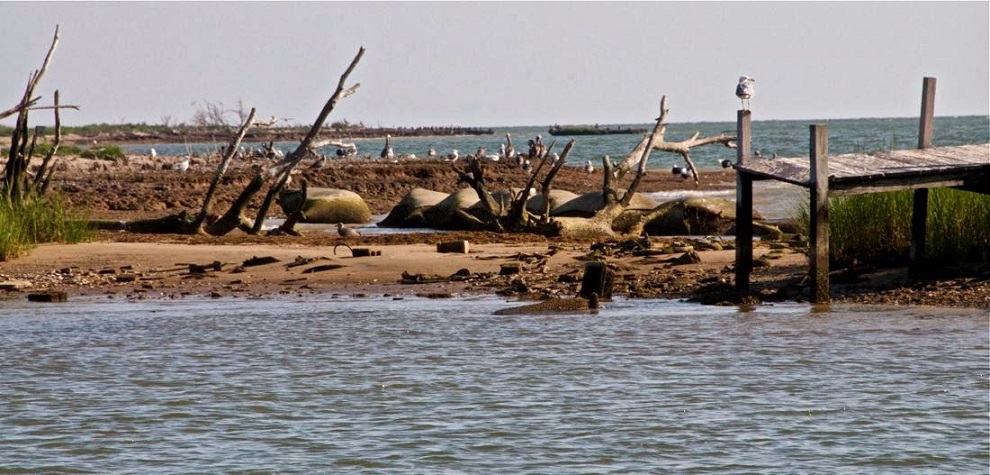
#20
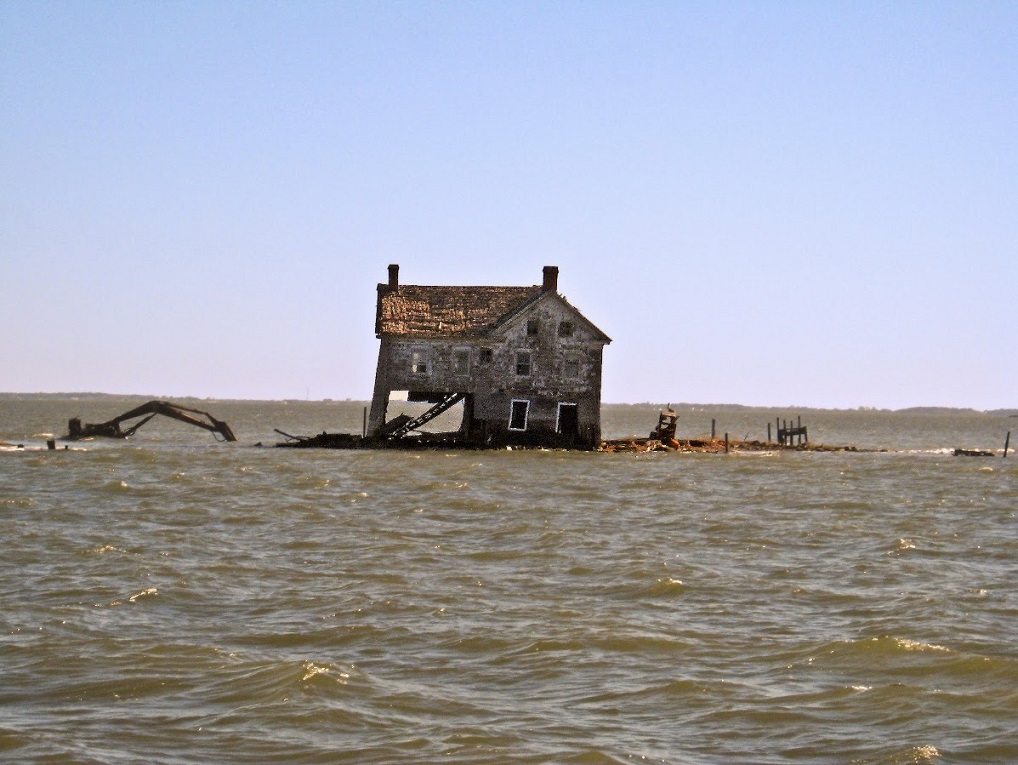
Holland Island was renowned for its diverse bird population, attracting avian enthusiasts from far and wide. However, in 2003, Hurricane Isabel wreaked havoc on the island, significantly damaging the birds’ habitats. This natural disaster further compounded the challenges the island’s delicate ecosystem faced, leaving a lasting impact on its wildlife.
Despite its current state, Holland Island’s history and struggle against erosion remain testaments to the resilience and adaptability of human communities in the face of adversity. The tale of this vanishing island reminds us of the delicate balance between humans and settlement and the ever-changing natural world.
#21
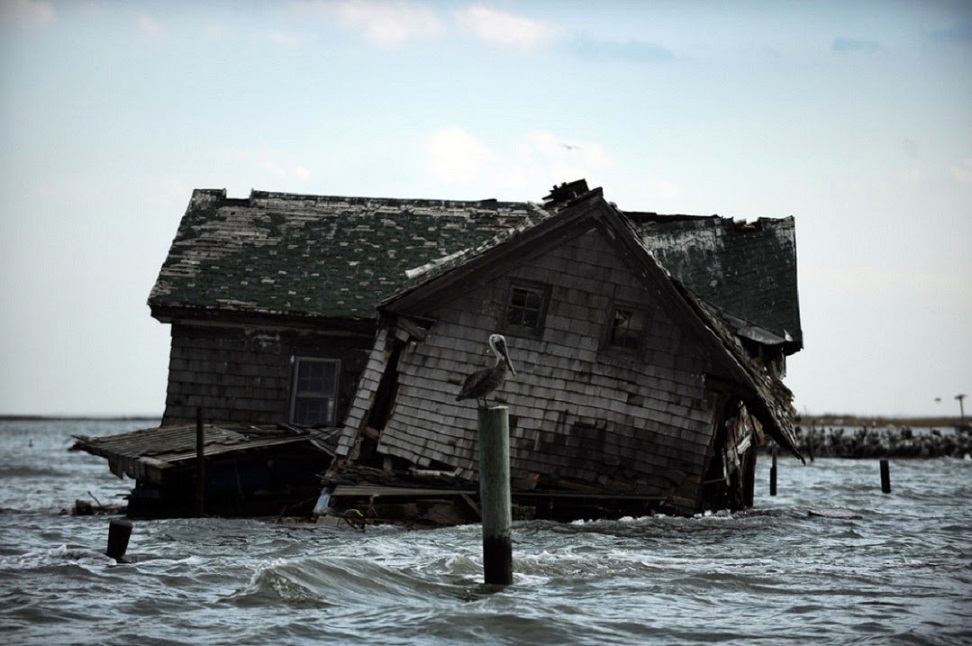
#22
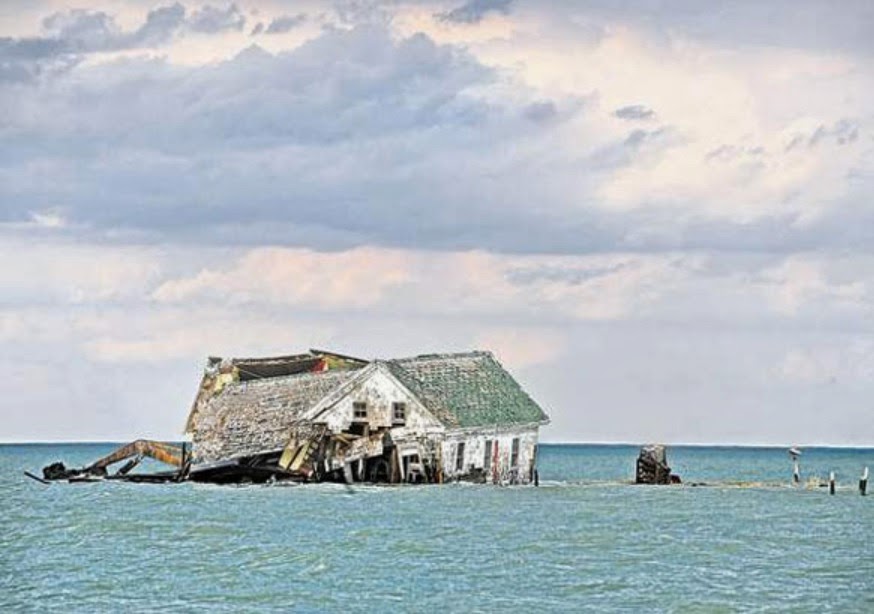
#23
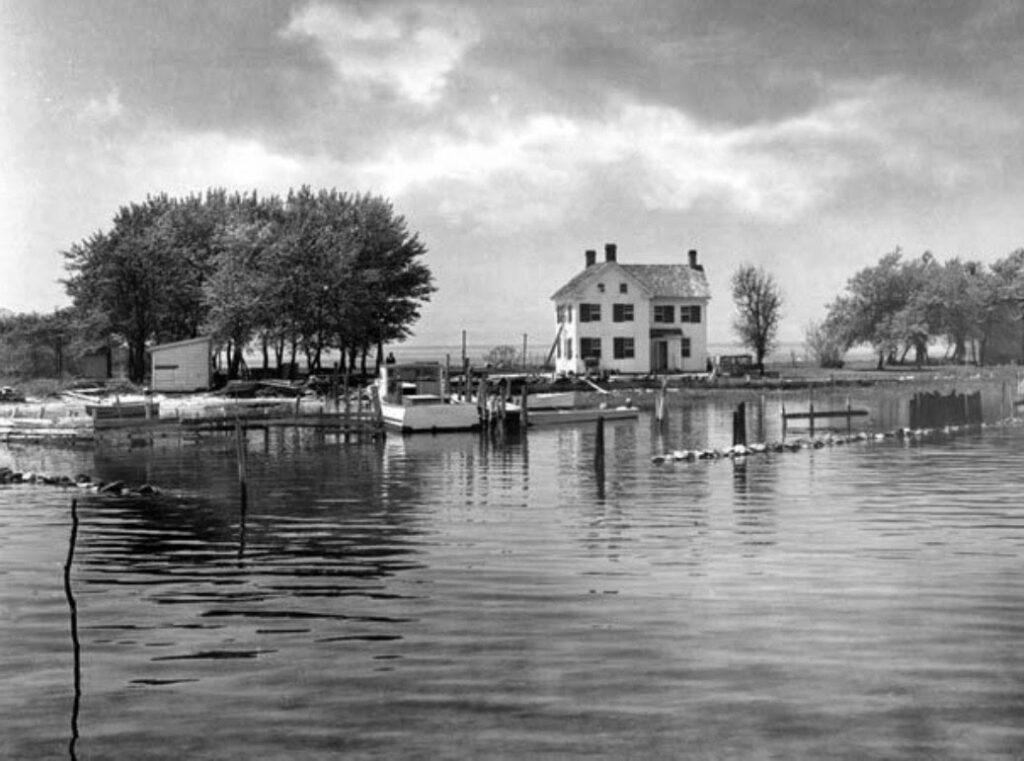
In conclusion, Holland Island’s story, shaped by erosion and the forces of nature, is a testament to landscapes’ impermanence and the human spirit’s resilience. As the tides continue to shape our world, let us remember the lessons learned from Holland Island and strive to protect and preserve the fragile ecosystems surrounding us.
Note: We do not own any of the images here and all images are copyrighted to their original owners. Please contact us if you wish to remove anything